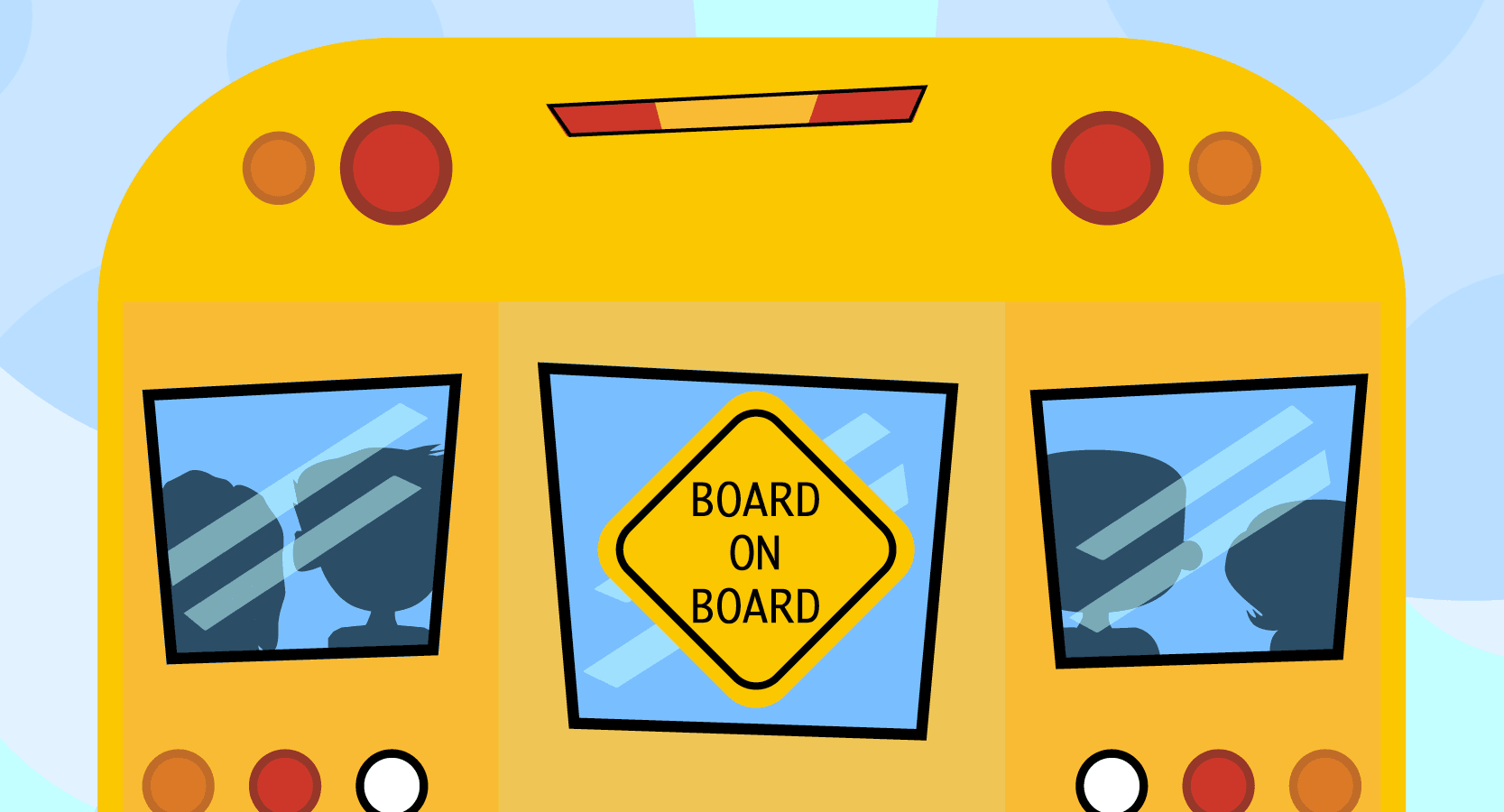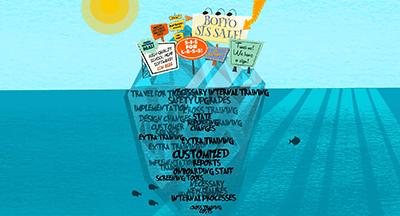
Which topics are primed for mainstream awareness in the months to come? Where are educational leaders and administrators pouring their time and resources? In this annual exercise in K-12 prognostication, we look ahead to the topics worth keeping an eye on throughout the coming year.
1) Computational thinking for early learners
The computer science field is facing a shortage of available workers. Many states are even addressing this shortage in their ESSA plans. Schools can increase interest and diversity in the field by encouraging more kids to explore the building blocks of computational thinking, which creates a strong foundation for coding and other STEM pursuits, long before traditional computer science classes might be offered.Computational thinking helps students tackle complex challenges using specific strategies, including pattern recognition, decomposition, algorithm design, and debugging, to name a few. Bonus: students learn productive failure—the understanding that failure isn’t permanent, and the ability to learn from what didn’t work as well as what did work. This component overlaps well with social-emotional development.
There’s no better time than early childhood to introduce and refine these concepts. They train the mind for problem solving, contributing to a team, and experimenting with potential solutions. Regardless of whether students take up coding or any other field, the skills they learn from computational thinking will serve them well as they head toward graduation, college, and career.

2) Digital badges for professional development
Professional development is pricey and doesn’t always work the way it should. Administrators are forever trying new methods to improve their districts, and professional development is one of them. An approach to explore in the coming year is a custom digital badging program. These micro-credentials offer tangible evidence of goal achievement, skill mastery, or impressive one-time accomplishments.The benefits of digital badging align nicely with differentiated learning for teachers—like students in the classroom, each teacher would benefit from tailored enrichment. Teachers’ unique needs are easier to meet when there are multiple paths to success.
Since time is precious, digital badging adds a nice self-paced option for professional development. Teachers fit PD into their schedules, not the other way around. Badges give teachers a clear, measurable goal to meet and incorporate into their classrooms as soon as their achievement is met.
The outcomes of a DIY digital badging program mostly depend on what districts are willing to put in to producing it. The good news is, there’s plenty of support available already—including free badge groups. It’s a matter of deciding when to start.

3) Better hiring processes, thanks to technology
How many weeks of emails, interviews, snail mail, and telephone tag does it take to hire a good teacher? Teacher shortages have made hiring a challenge in some parts of the country, and others struggle to find enough high-performers among existing candidate pools. Districts are working against the clock to screen, interview, and offer a position to a candidate before someone else does, but long-standing processes don't always make things easy.One district’s solution is to use one-way video interviews to capture additional information about candidates, far and above the paper resume. This strategy helped them condense two rounds of interviews for 79 candidates into eight days. Candidates also get a glimpse into the district’s tech-friendly culture. The kind of teacher who will excel won’t bat an eye at following the careful instructions and sending in videos. Others may self-select out of the district, saving everyone time.
Video is also helpful in the onboarding process. Being able to view (and review) quick tutorials may mean the world to new teachers trying to find their way around, learn students’ names, and master the routine of a new school. Technology can circumvent a tedious onboarding experience by moving new hire paperwork into an employee portal. It’s the kind of subtle employee experience newer generations of education professionals will both expect and appreciate. The end of paper packets is nigh, and nobody is complaining.

Time to kick off your best year yet. 🎉
Want to stay on top of the latest developments in these and other important topics shaping the K–12 landscape? Subscribe to our monthly Advancing K12 newsletter. Enter your email address in the footer below.
WHAT'S NEXT FOR YOUR EDTECH? The right combo of tools & support retains staff and serves students better. We'd love to help. Visit skyward.com/get-started to learn more.

|
Erin Werra Blogger, Researcher, and Edvocate |
Erin Werra is a content writer and strategist at Skyward’s Advancing K12 blog. Her writing about K12 edtech, data, security, social-emotional learning, and leadership has appeared in THE Journal, District Administration, eSchool News, and more. She enjoys puzzling over details to make K12 edtech info accessible for all. Outside of edtech, she’s waxing poetic about motherhood, personality traits, and self-growth.




